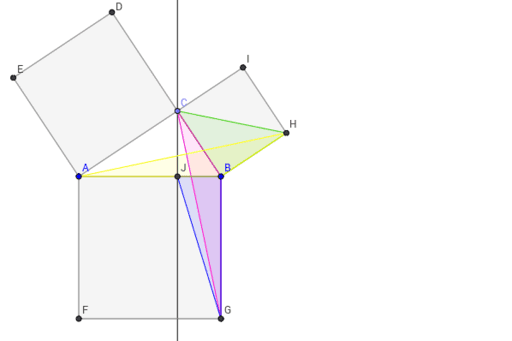

These math specialists only knew just enough geometry to get the area of the land and calculate the tax required.

The government of the time actually created The Department of Arithmetic Intelligence to go to each landowner and measure the property so the owner would know how much tax to pay. Leading up to the late 1500s, most uses for math in Japan was to levy taxes on the land and for basic arithmetic for business transactions. I’ll explain a bit as to why there was such a long delay in developing mathematics. Until then, much of the learning and study in math came from the classics of China, with heavy emphasis on The Nine Chapters and Cheng’s Treatise.
#Non euclidean geometry pythagorean theorem how to#
The Jink ̄o-ki was a Japanese publication that explained how to use the soroban (Japanese name for the abacus) to do things like calculate pi, and would provide other math instruction and problems. This was the first Japanese mathematics book published. The Japanese didn’t really have their unique math until about the year 1627 when Jink ̄o-ki was published. Never mind it’s a topic I know a lot about now and have done a bunch of research on the topic. Since most would not be able to read my report on Sangaku (Artfully done tablet of Geometry) I thought I would do a blog post on the rise and fall of wasan (Japanese Mathematics) for you all to enjoy.


 0 kommentar(er)
0 kommentar(er)
